Back to Courses
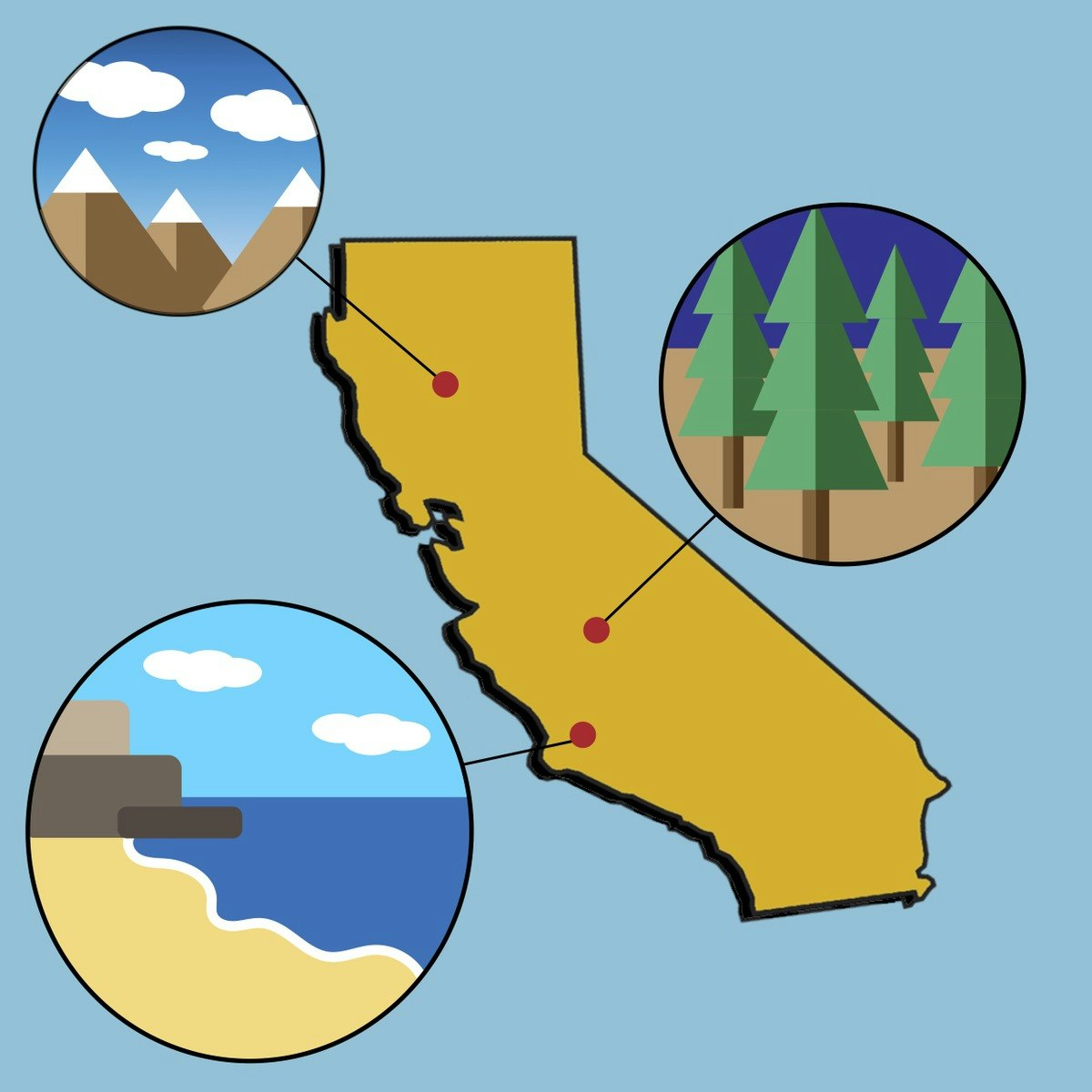


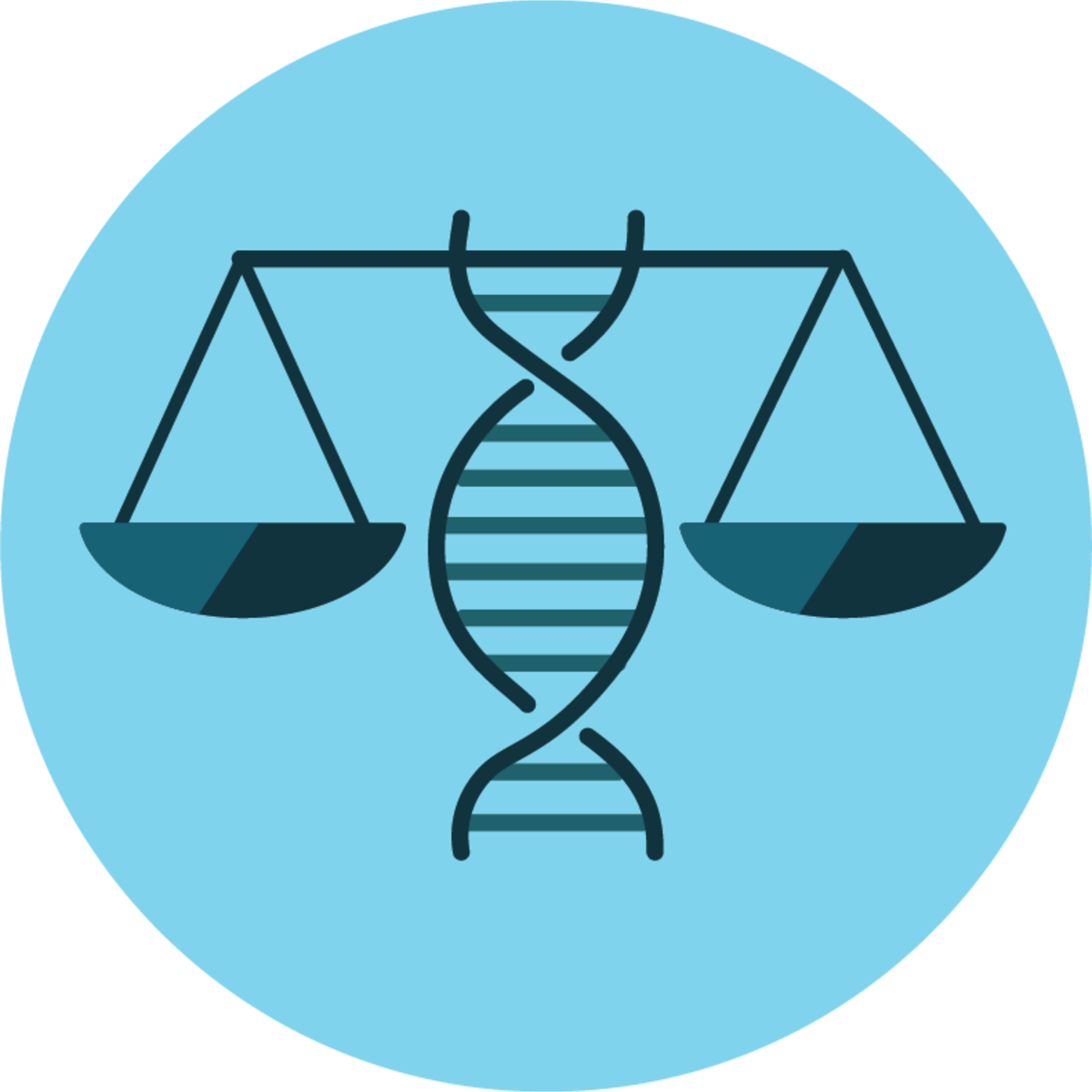
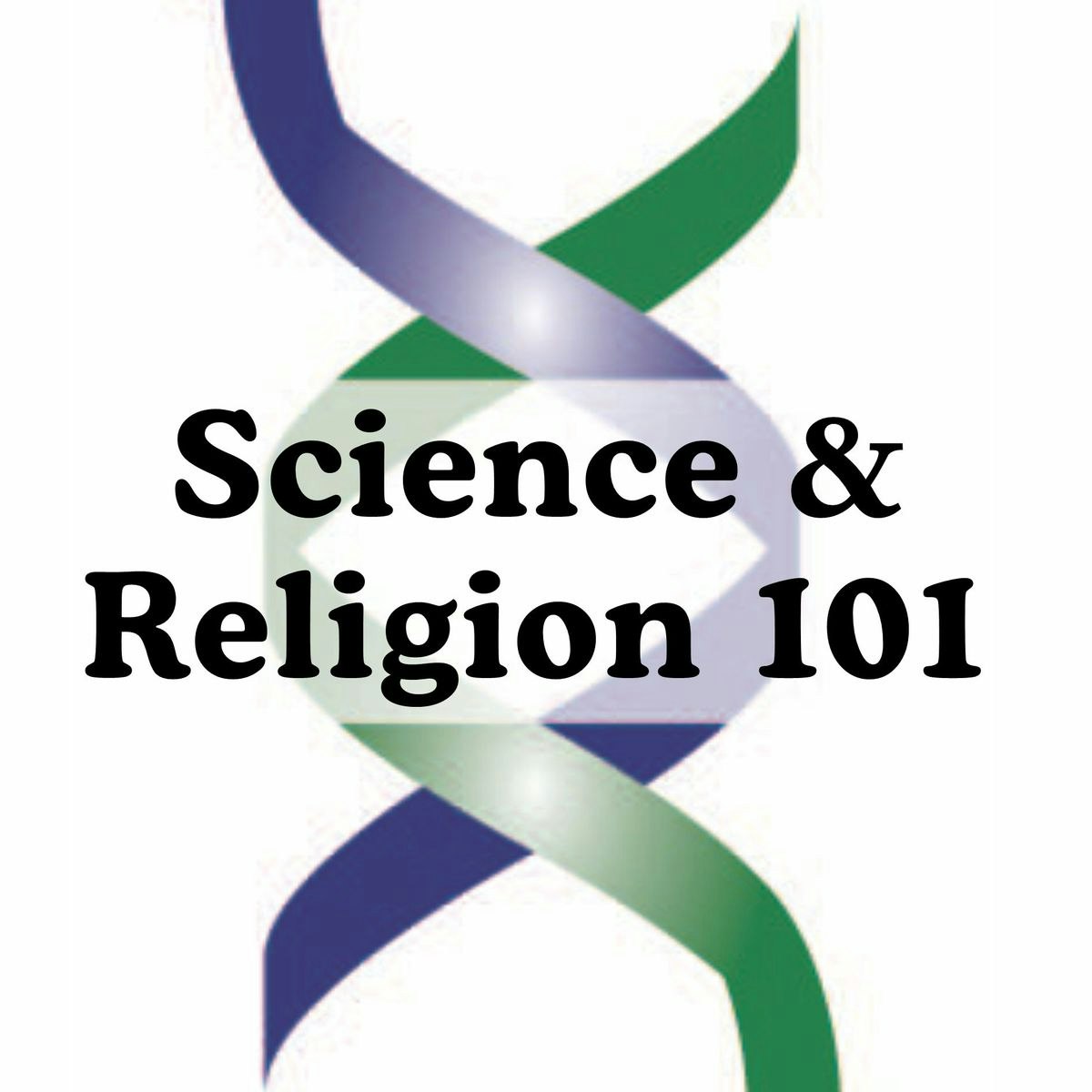
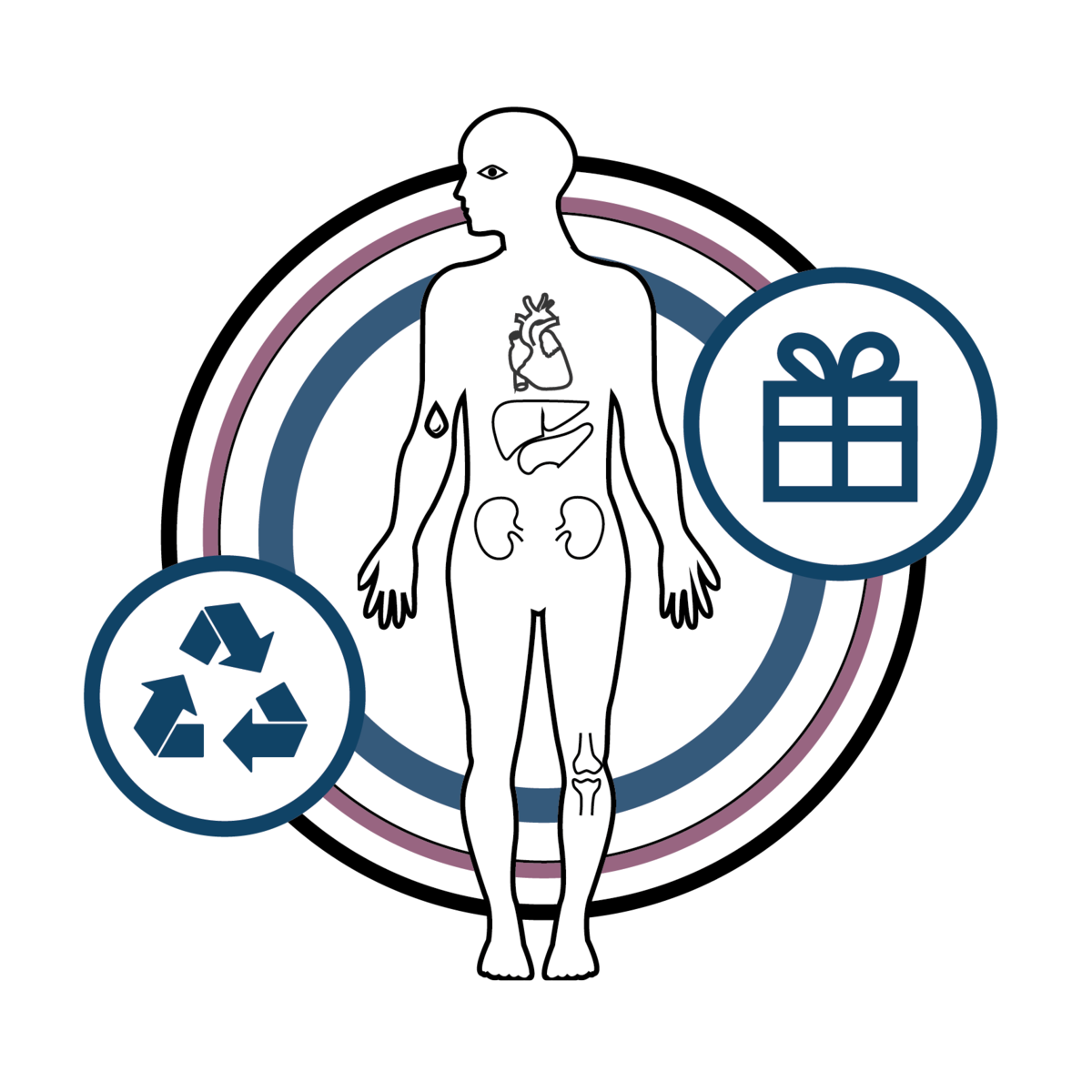
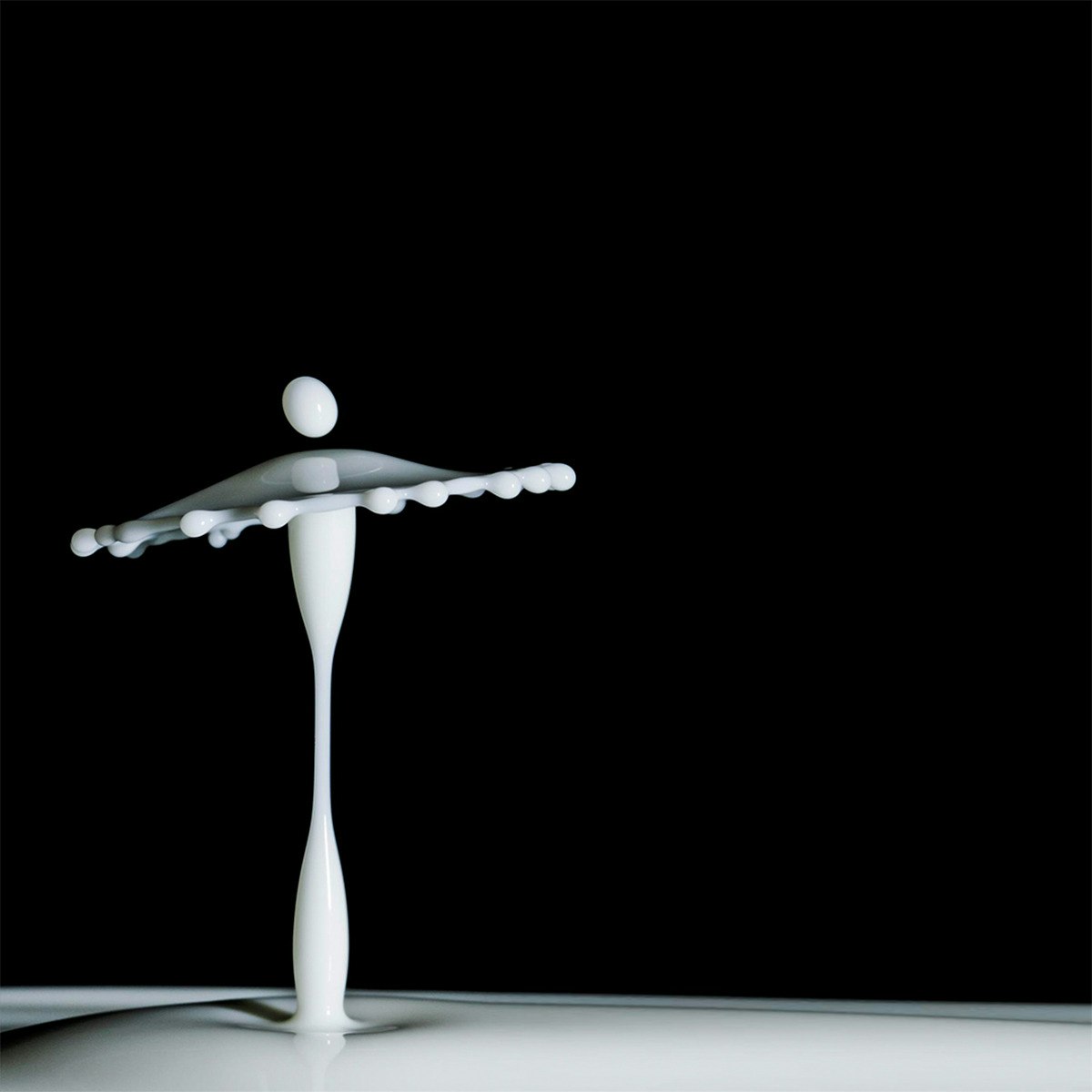

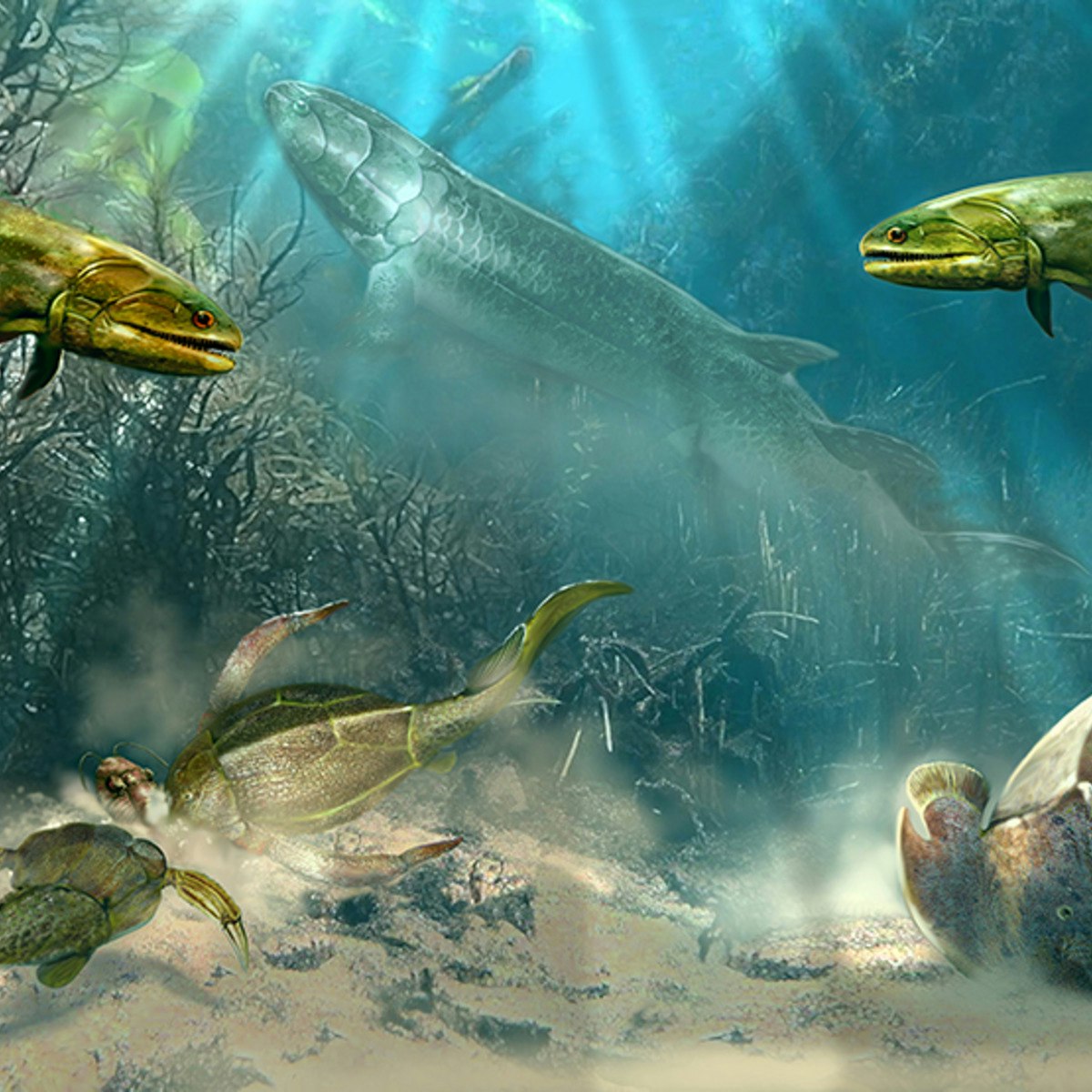
Basic Science Courses - Page 9
Showing results 81-90 of 128

Introduction to Translational Science
Translational science seeks to speed up the process of moving research discoveries from the laboratory into healthcare practices. Numerous scientific and organizational roadblocks can act as obstacles along the path of translation and ultimately hinder the speed of progress in medical research. The National Center for Advancing Translational Sciences (NCATS) was established by the National Institutes of Health (NIH) to transform and accelerate the translational research process, with the intended result of getting treatments to more patients faster. The field of Translational Science aims to bridge these gaps by:
Developing new approaches, technologies, resources and models
Demonstrating the usefulness of new approaches, technologies, resources and models
Disseminating the resulting data, analyses, and methodologies to the broad scientific community
Introduction to Translational Science is an introductory course that provides students with a broad understanding of translational science, the types of research that are conducted under the translational science umbrella, and how this research impacts the public at large.The course will compare and contrast current impediments to clinical research with the potential of translational science and will include selected case studies from the University of Rochester.

Ecosystems of California
This course surveys the diversity, structure and functioning of California’s ecosystems through time and the ways they have influenced and responded to human activities and stewardship. Topics include ecosystem drivers such as climate, soils, and land use history; human and ecological prehistory of the state; comparative marine, freshwater, and terrestrial ecosystem dynamics; and managed ecosystems such as range, fisheries and agriculture in California. The course also emphasizes important skills to understand as a scientist or consumer of scientific information, including data collection, natural history, and writing.

Introduction to Forensic Science
We have all seen forensic scientists in TV shows, but how do they really work? What is the science behind their work?
The course aims to explain the scientific principles and techniques behind the work of forensic scientists and will be illustrated with numerous case studies from Singapore and around the world.
Some questions which we will attempt to address include:
How did forensics come about? What is the role of forensics in police work? Can these methods be used in non-criminal areas?
Blood. What is it? How can traces of blood be found and used in evidence?
Is DNA chemistry really so powerful?
What happens (biologically and chemically) if someone tries to poison me? What happens if I try to poison myself?
How can we tell how long someone has been dead? What if they have been dead for a really long time?
Can a little piece of a carpet fluff, or a single hair, convict someone?
Was Emperor Napoleon murdered by the perfidious British, or killed by his wallpaper?
*For Nanyang Technological University (NTU) students, please be noted that this course will no longer be eligible for credit transfer.

Foundations of International Psychiatry
What are some of the skills required when interviewing patients? What information is required when taking a patient history or
completing a mental state examination? These are just some of the questions you'll seek answers to as you work through the course material.
Mental health is an important public issue across the world, and the role of the psychiatrist is crucial in helping to address these.
This course aims to give you a more nuanced understanding of the role of a psychiatrist, developing clinical skills and therapeutic relationships. Understanding the impact of mental illness in society and ethics in medicine are some of the key themes central to this course.
This course is designed to provide essential background knowledge and practical skills that apply to any
mental health clinical setting.

Genomics for Law
Genomics for Law provides a unique framework to review the history and basics of genomics research as well as explore how genomics has, and will continue to, interact with the law.
Throughout this course you will explore the implications of genomics research on law, as well as law's influence and implications on genomics research, as it pertains to the following topics:
• Genomics and Criminal Law
• Genomics and Criminal Procedure
• Forensic Genomics
• Intellectual Property Protection and Biotechnology
• Genomics and Tort Law
• Genomics and Privacy Law
• Legal and Ethical Issues in Genomics
This course can be taken to fulfill continuing legal education (CLE) credits for practicing lawyers. 10.25 hours have been approved in Illinois.

Science & Religion 101
This course examines the nature of both science and religion and attempts to explore the possible relationships between them. The primary purpose is to dispel the popular myth that science and religion are entrenched in a never-ending conflict. As a result, this course argues that if the limits of both science and religion are respected, then their relationship can be complementary.
Topics include: Science and Religion Categories and Foundational Principles, Definitions of Science and Religion, Science-Religion Models and Relationships, Intelligent Design and Natural Revelation, the Galileo Affair, Geology and Noah’s Flood, Evolution and Darwin’s Religious Beliefs, the Modern “Evolution” vs. “Creation” Debate, the Problem of Evil, and Interpretations of the Biblical Accounts of Origins in Genesis 1-11.
The course employs a Constructive Teaching Style in order that students can develop their personal views on the relationship between science and religion and on each of the topics listed above.
St. Joseph's College is a Catholic, undergraduate, liberal arts college on the University of Alberta campus. It is an independent institution that is affiliated with the University of Alberta.
Denis O. Lamoureux is Professor of Science and Religion at St. Joseph's College in the University of Alberta. He is the author of Evolutionary Creation: A Christian Approach to Evolution (2008), Evolution: Scripture and Nature Say Yes! (2016), and The Bible & Ancient Science: Principles of Interpretation (2020). Lamoureux is a Research Associate in Paleontology and has contributed to a dozen scientific papers. He is cited in the Who’s Who of Theology and Science and has delivered over 600 lectures throughout the United States and Canada. Lamoureux holds three earned
doctoral degrees—dentistry, theology, and biology.

Organ Donation: From Death to Life
Considering someone for organ and tissue donation at the end of life is complicated. The boundary between life and death is more complex than ever before and it falls to medical professionals to help clarify a situation at an often confusing and emotionally stressful time.
In this course you will learn about the science behind death determination and when it is possible for deceased organ donation take place. The lectures will cover medical standards at the end of life - from brain death testing, to requesting informed consent from a grieving family. By improving knowledge of good ethical practices, cultural and religious considerations and the logistics of the organ donation process this course will empower the interactions and discussions of medical professionals and the general public at an often confusing time.
This course will help you to ensure that the option of organ donation is compassionately explored in all appropriate situations at the end of life in the best way possible.
Watch the course trailer here https://www.youtube.com/watch?v=Ak-kVtmZGRs
The course is certified for continuing professional development (CPD) points in South Africa. Send your completion certificate to organdonation@uct.ac.za together with your HPCSA number for 25 general and 5 ethics points.
For another interesting course on organ donation and transplantation, see Clinical Kidney, Pancreas and Islet Transplantation from Leiden University https://www.coursera.org/learn/clinical-kidney-transplantation

Lactation Biology
Lactation and especially milk, which is the product of that unique mammalian process, are routinely encountered within our daily lives. Nevertheless, they often are poorly understood by many, even including many who are engaged in the business of producing milk. The overall course goal is to introduce fundamental concepts that form the basis for understanding the biology of lactation, the biology of the mammary gland, and the products of that important physiological process.
As a learner in this course, you will be provided with a series of easily understood presentations that collectively will help you build a foundation for greater understanding of lactation. You will be able to engage with other learners so that you can extend your learning beyond the video presentations. Ultimately, you will be able to construct your own mental model for understanding the wide range of topics that relate to the biology of lactation. Upon completion of the course, you will be prepared to expand your knowledge and understanding of lactation from other sources and experiences as you pursue your individual interests.
Before you start the course, I suggest that you identify a question or several questions about lactation that you already have on your mind. This could be from your own experiences, something you read about or saw, or something you have wondered about. Write down your question(s) and use that to help you decide how to engage with the content of this course. You might engage with the modules in the order they are presented, or start with a module that is of particular interest to you, or pick and choose modules in any order. I encourage you to engage in all of the types of learning activities that this course has to offer, including but not limited to, the discussion forums, quizzes, peer-review assignments, and concept maps and other learning aids.

Sex from Molecules to Elephants
About this course
Skip About this course
Sexual reproduction can be defined as the sort of reproduction by which each organism arises from the fusion of two cells. This generally implies, with some exceptions, that each organism has two parents.
This description might sound trivial it is however not at all. Before the appearance of sex, organisms reproduced solely by division. One cell divided into two cells, no partners, no fusion, just simple cell division. This simple cell division is still here. In fact, the trillions of cells that make up your body are all the descendants of a single cell that underwent several dozens of cell divisions. Surprisingly, most multicellular, as well as, many unicellular organisms reproduce by sex. We might take it thus for granted but this course will show you that it is a rather peculiar and enigmatic process.
This course will provide you with the necessary tools to understand how sex works and to marvel at its mysteries. We will start by meeting the actors of this greatest drama in their native habitats, from ancient bacteria that live in thermal geysers in Yellowstone national park to the great mammals that roam the African savanna. We will also briefly discuss the history of life on earth and its contemporary state.
The second unit defines the rules of the game explaining the mechanisms of heredity and evolution.
The third unit focuses on meiosis, the fundamental and conserved molecular event that forms the basis of sex. And that might have led to the appearance of sex in the first place. We will also explain the fertility cycle and male and female germ cell development. The fourth unit describes the striking variability of sex determination throughout the animal kingdom. We will discuss the requirement for two genders and their considerable cost. Finally, we will dive in the gulf of Aqaba to meet organisms that are both male and female either at the same, or at different times.
Sex requires cooperation between two individuals – a male and a female – that are in a basic conflict of interest. Furthermore, males and females compete among themselves. This complex network of cooperation and conflict forms the fascinating plot we will tell in the fifth unit that will discuss the patterns of reproduction and social behavior of different animals – corals, insects, spiders, fish, birds, and mammals. We will be intrigued to discover that the same basic conflict is resolved by a huge range of approaches, from altruistic behavior all the way to open warfare and infanticide.
The sixth unit takes us to fertilization and beyond. Starting at an IVF clinic we follow embryonic development throughout the animal kingdom from insects to tadpoles and humans.
The seventh unit is dedicated to flowering plants that made our world colorful, sweet-smelling and tasty and that produce almost all animal food.

Paleontology: Early Vertebrate Evolution
Paleontology: Early Vertebrate Evolution is a four-lesson course teaching a comprehensive overview of the origin of vertebrates. Students will explore the diversity of Palaeozoic lineages within a phylogenetic and evolutionary framework. This course examines the evolution of major vertebrate novelties including the origin of fins, jaws, and tetrapod limbs. Students also explore key Canadian fossil localities, including the Burgess Shale (British Columbia), Miguasha (Quebec), and Man On The Hill (Northwest Territories). Watch a preview of the course here: https://uofa.ualberta.ca/courses/paleontology-vertebrate-evolution
Popular Internships and Jobs by Categories
Find Jobs & Internships
Browse
© 2024 BoostGrad | All rights reserved